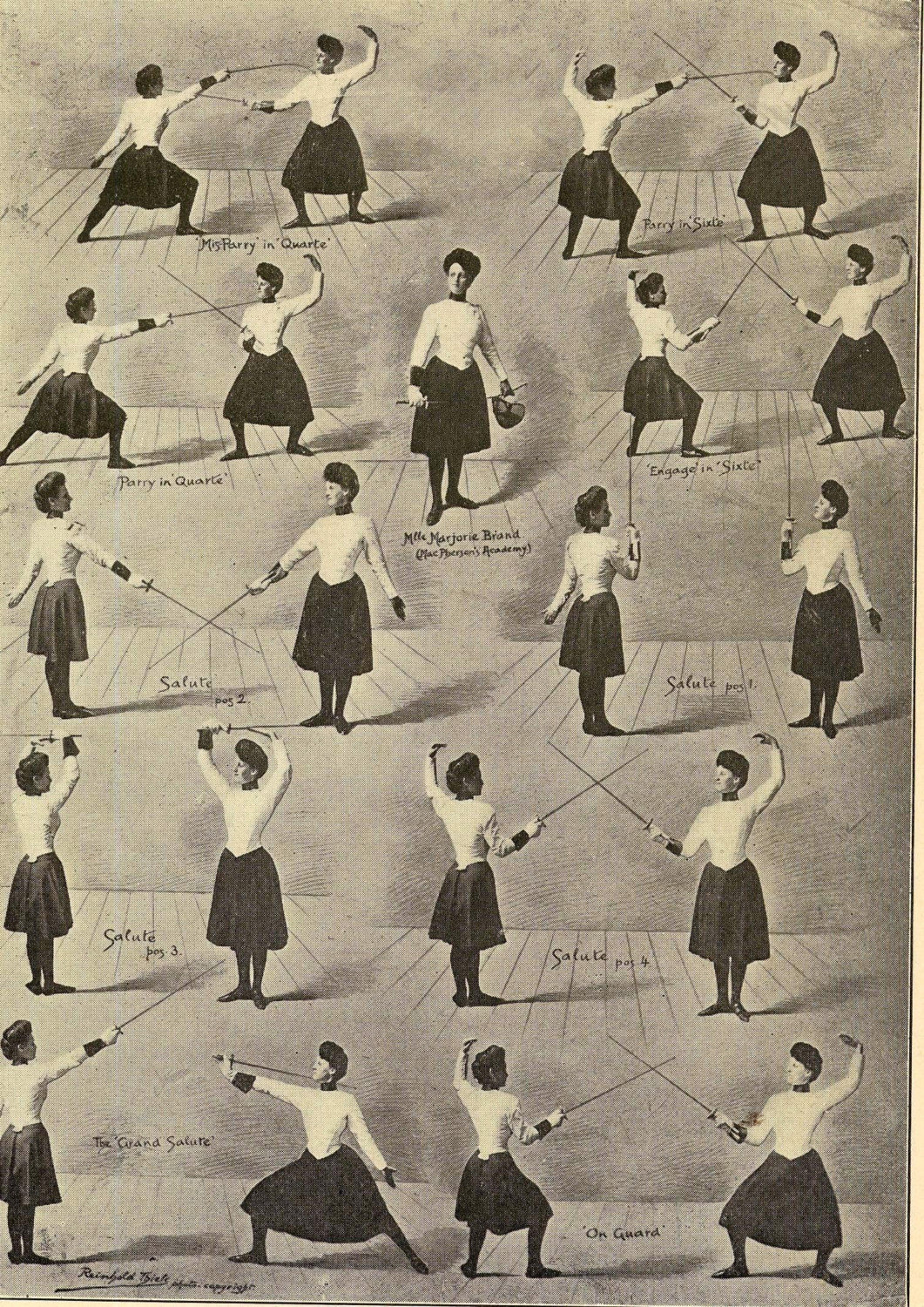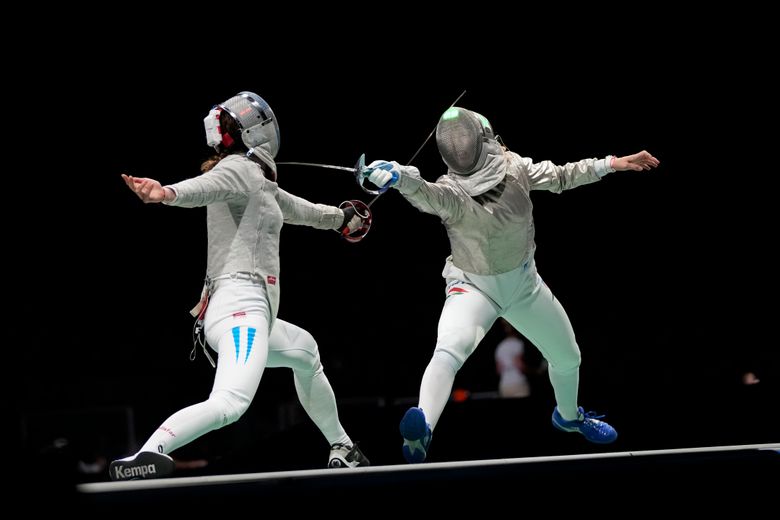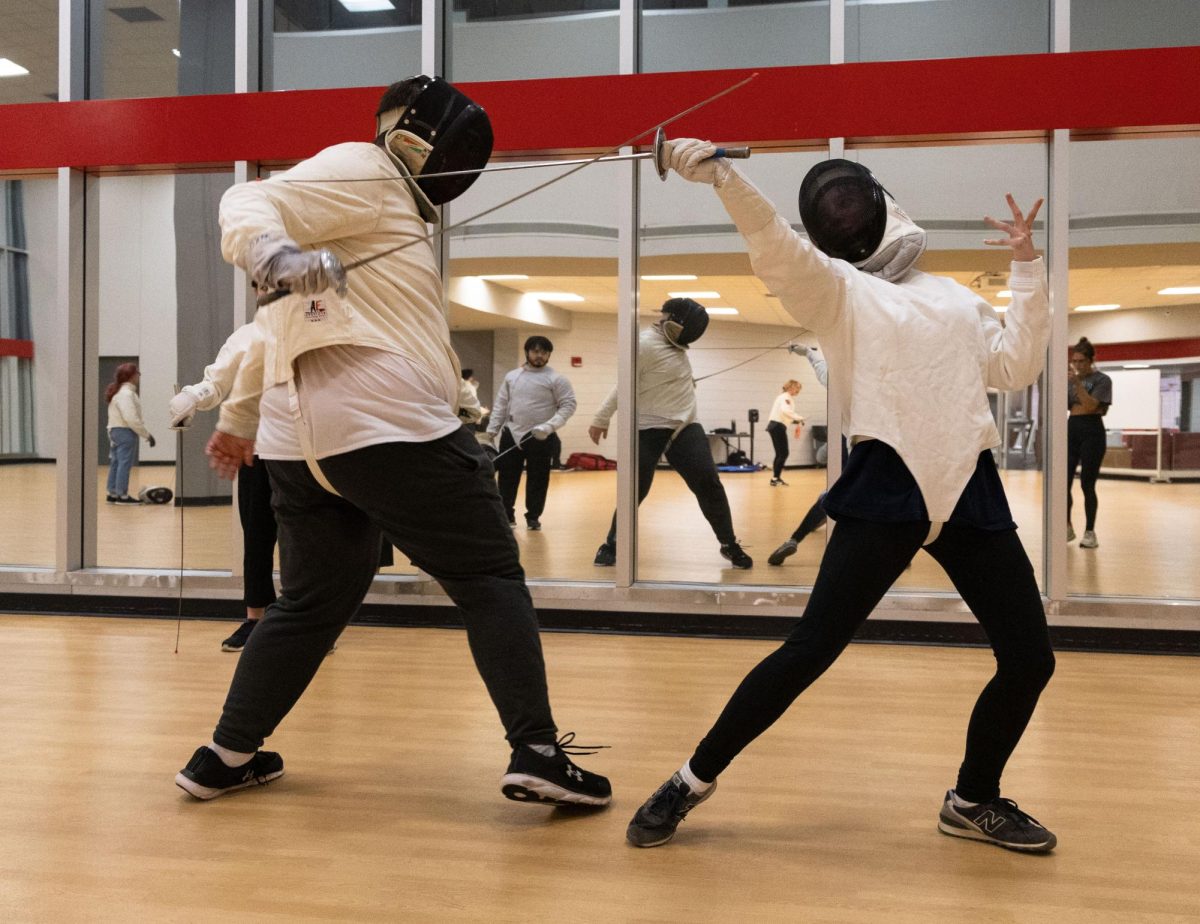Fencing is a sport that requires not only physical agility and speed, but also strategic thinking and precise execution. One of the most important aspects of fencing is defense, and mastering the art of fencing parries is crucial for any fencer looking to improve their skills. In this blog post, we will delve into the world of fencing parries, from understanding their purpose to learning how to execute them effectively. Whether you are a beginner or an experienced fencer, this guide will provide you with valuable insights on how to become a master of defense in the sport of fencing.
Understanding Fencing Parries

Before we dive into the techniques and strategies of fencing parries, it is important to understand what they are and why they are used. In simple terms, a parry is a defensive move used to deflect an opponent’s attack. It involves using your weapon to block or redirect your opponent’s blade, thus preventing them from scoring a point. Parries are essential in fencing as they allow fencers to defend themselves while also setting up opportunities for counterattacks.
The Purpose of Fencing Parries
The main purpose of fencing parries is to protect oneself from an opponent’s attack. However, they also serve other important purposes such as:
- Creating openings for counterattacks: A well-executed parry can create an opening for a quick and effective counterattack. By deflecting your opponent’s blade, you can create a momentary gap in their defense, giving you the opportunity to strike back.
- Conserving energy: Fencing is a physically demanding sport, and constantly attacking without defending can quickly drain your energy. Parrying allows you to conserve energy by avoiding unnecessary attacks and only engaging in offensive moves when necessary.
- Controlling the pace of the bout: By using parries, you can control the pace of the bout and dictate the flow of the match. If your opponent is constantly on the attack, a well-timed parry can disrupt their rhythm and give you the upper hand.
Mastering the Art of Fencing Parries

Now that we understand the purpose and importance of fencing parries, let’s explore how to master this crucial aspect of defense in fencing.
The Importance of Proper Fencing Parries
Proper form and technique are essential for effective fencing parries. Without proper execution, parries can be easily countered by your opponent, leaving you vulnerable to attacks. It is important to practice and perfect your parrying techniques to ensure that they are effective in a real match situation.
One key aspect of proper fencing parries is maintaining a strong and stable stance. Your body should be balanced and your feet firmly planted on the ground. This will not only help you execute parries with more power and precision but also make it harder for your opponent to knock you off balance.
Another important factor is keeping your weapon close to your body. This allows for quicker and more controlled movements, making it easier to defend against your opponent’s attacks. Additionally, keeping your weapon close to your body makes it more difficult for your opponent to anticipate your next move.
Different Types of Fencing Parries
There are various types of fencing parries, each with its own specific purpose and technique. Here are some of the most common parries used in fencing:
- Circular Parry: This is one of the most basic and versatile parries in fencing. It involves deflecting your opponent’s blade in a circular motion, either clockwise or counterclockwise. The circular parry is effective against direct attacks and can also create openings for counterattacks.
- Octave Parry: The octave parry is used to defend against high line attacks, such as thrusts to the chest or face. It involves angling your blade in a diagonal position, creating a barrier between your opponent’s weapon and your target area.
- Prime Parry: The prime parry is used to defend against low line attacks, such as thrusts to the stomach or groin. It involves angling your blade downwards, creating a barrier to protect your lower body.
- Carte Parry: This parry is used to defend against lateral attacks, such as cuts to the side of the body. It involves moving your blade in a horizontal motion to block your opponent’s attack.
- Quarte Parry: The quarte parry is similar to the octave parry but is used to defend against attacks to the high inside line, such as thrusts to the armpit or shoulder.
- Seconde Parry: This parry is used to defend against attacks to the low inside line, such as thrusts to the hip or thigh.
It is important to note that these are just a few examples of fencing parries, and there are many more variations and combinations that can be used in different situations. As a fencer, it is crucial to familiarize yourself with various parrying techniques and practice them regularly to become proficient in their execution.
How to Execute Fencing Parries Effectively

Executing fencing parries effectively requires a combination of proper technique, timing, and footwork. Here are some tips to help you improve your parrying skills:
- Practice with a partner: The best way to improve your parries is by practicing with a partner. This will allow you to simulate real match situations and work on your timing and precision.
- Focus on your footwork: Footwork is an essential component of fencing parries. Make sure to maintain a strong and balanced stance while also being light on your feet. This will allow you to move quickly and efficiently to execute parries.
- Anticipate your opponent’s moves: In fencing, it is important to anticipate your opponent’s next move. By studying their patterns and tendencies, you can predict their attacks and be prepared to execute the appropriate parry.
- Use feints to set up parries: Feints are fake attacks used to deceive your opponent and create openings for real attacks. By using feints, you can trick your opponent into making a move that you can then counter with a well-timed parry.
- Stay calm and focused: Fencing can be a fast-paced and intense sport, but it is important to stay calm and focused during bouts. This will allow you to make quick and accurate decisions when it comes to executing parries.
Common Mistakes in Fencing Parries and How to Avoid Them

As with any skill, there are common mistakes that fencers make when it comes to parrying. Here are some of the most common mistakes and how to avoid them:
- Overextending: One of the most common mistakes in fencing parries is overextending your arm. This not only makes it easier for your opponent to counter but also puts you off balance, making it harder to recover.
- Not following through: Another mistake is not following through with your parry. It is important to complete the motion of your parry to ensure that your opponent’s blade is fully deflected.
- Being too predictable: If you constantly use the same parry, your opponent will eventually catch on and find ways to counter it. It is important to mix up your parries and keep your opponent guessing.
- Lack of footwork: As mentioned earlier, footwork is crucial in executing effective parries. If your footwork is lacking, it can make it difficult to move quickly and efficiently to execute parries.
- Not adjusting to your opponent’s movements: Every fencer has their own style and technique, and it is important to adjust your parrying techniques accordingly. If you are not adapting to your opponent’s movements, it can make it easier for them to score points against you.
To avoid these mistakes, it is important to practice regularly and pay attention to your form and technique. Additionally, watching and learning from experienced fencers can also help you identify and correct any errors in your parrying technique.
Training Drills for Improving Fencing Parries
To become a master of fencing parries, it is essential to incorporate specific training drills into your practice routine. These drills will not only help you improve your parrying skills but also enhance your overall fencing technique. Here are some training drills to consider:
- Mirror Drill: This drill involves two fencers facing each other and mirroring each other’s movements. One fencer acts as the attacker while the other practices different parries to defend against the attacks.
- Target Practice: In this drill, a coach or partner will call out specific target areas, and the fencer must execute the appropriate parry to defend against an imaginary attack to that area.
- Random Parry Drill: This drill involves a partner randomly attacking with different types of attacks, and the fencer must quickly react and execute the appropriate parry.
- Footwork and Parry Combination Drill: This drill focuses on combining footwork and parries to create openings for counterattacks. It involves practicing different parries while moving around the piste (fencing strip).
- Shadow Fencing: Shadow fencing is a solo drill where a fencer imagines an opponent and practices different parries and attacks without a partner. This allows for focused practice and helps improve muscle memory.
Incorporating these training drills into your practice routine will not only improve your parrying skills but also enhance your overall performance in fencing.
Fencing Parries: A Key Defensive Strategy
Fencing parries are not only crucial for defense but also play a key role in overall fencing strategy. By mastering the art of parrying, fencers can control the pace of the bout and create opportunities for counterattacks. It is important to remember that parries should not be used as a sole defensive strategy but rather as part of a larger tactical plan.
The Role of Footwork in Fencing Parries
As mentioned earlier, footwork is an essential component of fencing parries. Without proper footwork, it can be difficult to execute parries effectively. Here are some ways in which footwork plays a role in fencing parries:
- Quick reactions: In fencing, speed is crucial, and quick reactions are necessary to execute effective parries. Proper footwork allows fencers to move quickly and efficiently to react to their opponent’s attacks.
- Maintaining balance: Good footwork helps fencers maintain a strong and balanced stance, making it easier to execute parries with power and precision.
- Creating openings: Footwork can be used to create openings for parries by creating distance between you and your opponent or changing the angle of attack.
- Recovery: If a parry is unsuccessful, proper footwork can help fencers recover quickly and get back into a defensive position.
Incorporating footwork drills into your training routine can greatly improve your parrying skills and overall performance in fencing.
Incorporating Fencing Parries into Your Overall Fencing Technique
Fencing parries are just one aspect of defense in fencing, and it is important to incorporate them into your overall fencing technique. This means understanding when and how to use parries in different situations and combining them with other defensive moves such as dodges and blocks.
Additionally, it is important to practice parrying in combination with offensive moves to create a well-rounded fencing technique. By mastering the art of parrying, fencers can become more versatile and effective in both defense and offense.
Conclusion
Fencing parries are a crucial aspect of defense in the sport of fencing. By understanding their purpose, mastering proper technique, and incorporating them into your overall fencing strategy, you can become a master of defense on the piste. Remember to practice regularly, pay attention to your form and footwork, and learn from experienced fencers to continuously improve your parrying skills. With dedication and hard work, you too can become a master of fencing parries.